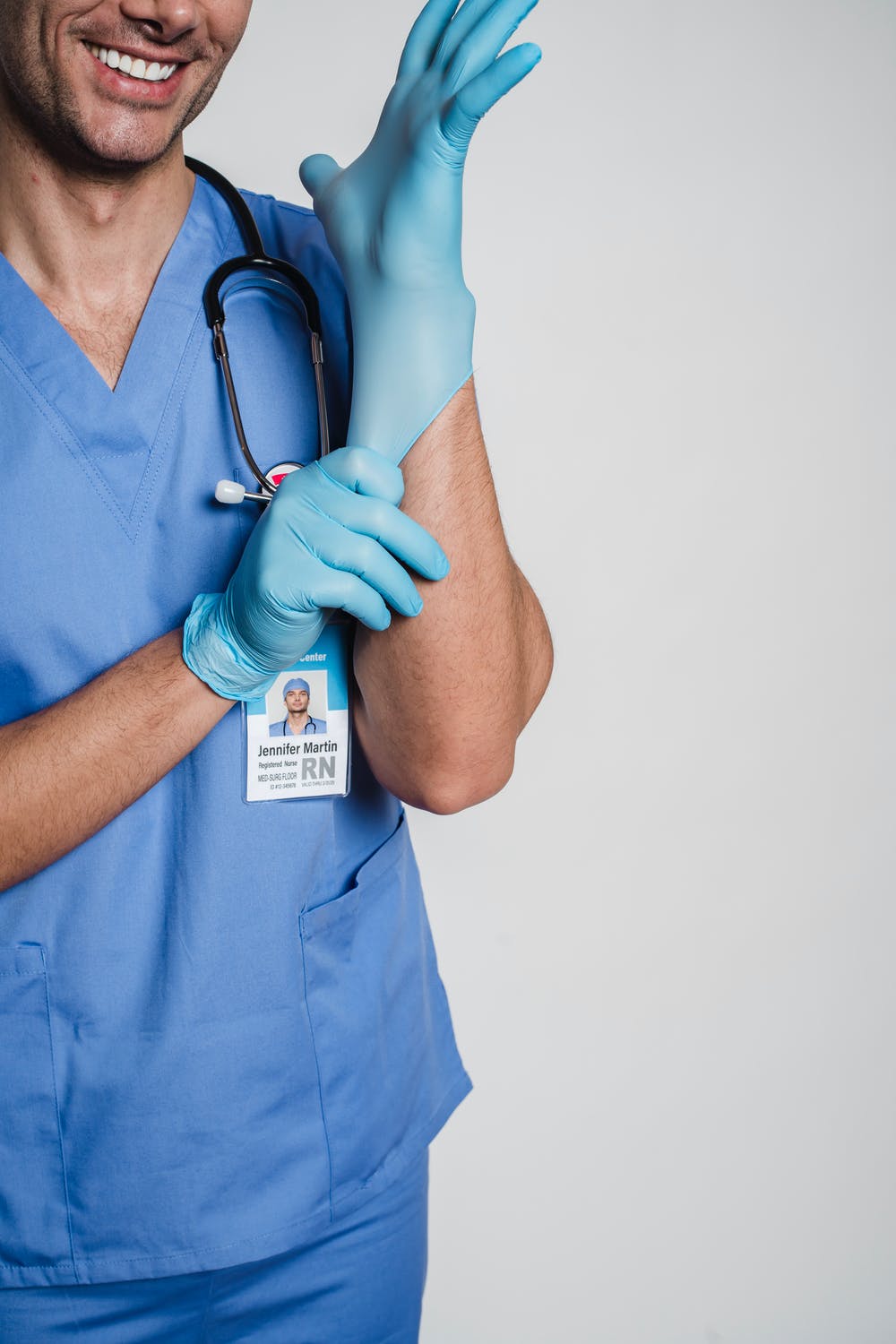For males, circumcision is a common medical procedure. There are some risks to circumcision. Bleeding is one of the most common complications. Other potential risks include penis cancer and abnormal healing. Learn about other potential risks, including HIV and penis cancer. You can also read the rest of this article to learn more about circumcision’s risks. We’ll also discuss topics like how to minimize them. Below we’ll review the main risks of circumcision.
Bleeding is the most common side effect of circumcision
Neonates are not at risk of bleeding after circumcision. Most cases of bleeding can be managed with a pressure dressing or a suture. In rare cases, bleeding can occur if the clamp is not placed correctly or in an area where it could cause injury to the urethra or glans. In these cases, intravenous bleeding factors may be necessary.

The procedure can be done in an outpatient setting but some complications may require hospitalization. In rare cases, excessive bleeding could be caused by improper circumcision. Inadequate healing can lead to scarring tissue. Insufficient prepucium removal may necessitate a second operation. Additionally, excessive pressure on the stitches can cause wound dehiscence. Primary closure in such cases fails because the skin cannot stretch enough to accommodate an erect penis. Secondary healing is also not possible as it will entrap penis.
The whole process takes about 15 minutes. The baby is then sent to the recovery rooms. Follow the post-operative instructions carefully as they will affect the healing time. A warm pacifier may also be given to the baby to calm them during the procedure. To numb penis, you can also use a topical sedative. Injections are quicker to administer and last longer.
Abnormal healing
Approximately 7% of pediatric urologists see patients for abnormal healing after circumcision. Some cases can be managed, but more severe cases may require surgery. When the foreskin and glans fail to heal properly after circumcision, there is an abnormal healing process. The glans may not develop correctly, or there may be a deviated glans or asymmetry. Younger patients are at greater risk for serious complications.
For the first few days, the incision site may be reddish and tender. However, this should diminish by the third day. A scab may develop around 7-10 days after the surgery. The plastic ring should eventually fall off. It may take two weeks to heal completely. The incision will be invisible after two weeks. While this discoloration may appear unattractive, it is a common part of the healing process.
Penis cancer
While age, smoking, and genetics are all known risk factors for penile cancer, circumcision can reduce the chances of developing the condition. Other risks for penile cancer include phimosis, which is the condition where the scrotum is smaller than the rest of the penis, and HPV infection, which is usually spread during sexual intercourse. Penile cancer is not very common in Canada.
Penile cancer is rare in developed countries. However, it is a serious public safety concern in developing countries. Penile cancer is a relatively rare form of malignancy in the United States. However, it poses a serious public health risk for the developing world. Among the risk factors for penile cancer, lack of circumcision, obesity, and UVA exposure have been linked to the disease. Various other risk factors are associated with penile cancer, such as human papillomavirus infection and UVA phototherapy. Researchers are still studying the connection between circumcision and invasive diseases.
Although most men develop penile cancer before they are 60, there is some evidence to suggest that circumcision may increase the risk. It isn’t clear if circumcision is an effective prevention method. There are many known risk factors, including obesity, smoking, phimosis, as well as phimosis. Despite these risk factors, studies show that people with certain risk factors are less likely the develop the disease. However, if you’re curious about circumcision risks for penis cancer, it’s best to seek medical advice before undergoing circumcision.
HIV risk
Three RCTs from recent years have strongly supported the claim that circumcision lowers the risk for HIV infection. This confirms observations from observational studies. The number of circumcisions performed was assumed equal in each study year. Additionally, the reduction in HIV prevalence was based on an approximate absolute reduction in HIV infection during scale-up. Despite these limitations, these studies support the use of circumcision in order to reduce the risk for HIV infection.
This significant reduction in HIV incidence has been compared to the current rate. For example in Zimbabwe and Kisumu the number of circumcisions required to prevent an HIV infection fell by 41% and 28% respectively. However, it is unclear what the overall impact circumcision has on HIV incidence. More research is needed to clarify the role circumcision plays in HIV prevention. This study shows that circumcision can reduce HIV infection risk and spread.
